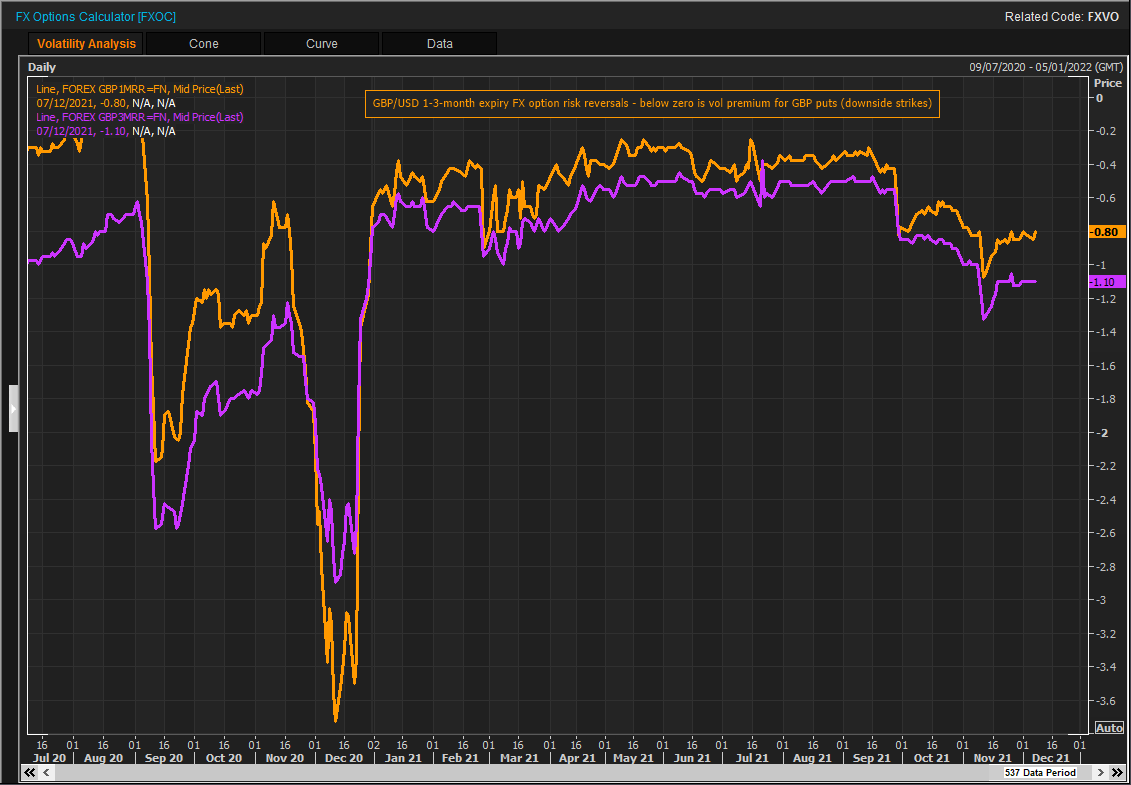
There are many strategies that you can use in order to make money at the forex market. You can choose from Technical analysis or Fundamental analysis, Sentiment analysis or Trend-spotting. Using these strategies will help you maximize your profits. However, it's important to be aware of when to trade and when to avoid. You may also want to consider news releases as they may affect the market.
Technical analysis
Technical analysis uses past market prices to predict future trends. It allows investors to see and understand the underlying trends. The past data can be used to predict the future market. Traders can benefit from data trends and previous days to predict which trading positions will succeed.
The ability to spot potential market reversals is made possible by technical analysis. The trendlines are lines connecting significantly higher lows with lower highs in a trend. These lines are also called descending resistance trendlines.

Fundamental analysis
Fundamental analysis is the process of interpreting the price movements and factors that impact them. The fundamental analysis approach allows you to forecast price movements and make more informed choices. To perform a successful fundamental analysis, you must be familiar with the history of the instrument. Also, it is essential to keep track of events in the market that affect its value. These events can be found by subscribing daily news sources.
Fundamental analysis refers specifically to the study of economic reports that affect a market. These factors have long-term implications, even though they might not change right away. Pay attention to interest rates. These are determined by the central banking. The central bank creates money, and then lends it out to private banks. Private banks then borrow these currencies from the central bank, paying a small percentage of the value. These rates are called base interest rates.
Analyse of sentiment
Forex traders should consider sentiment analysis. It can influence price movement for days, weeks or even months. Market sentiment can also change due to news and expectations from around the globe. It is important to remember that market sentiment is more susceptible to negative reactions to news and expectation than to positive.
To determine whether a market's sentiment is bullish, or bearish, traders use sentiment analysis. A bull market occurs when assets and prices rise, and a bear market when they fall. Technical indicators refer to the tools and information used by traders to determine market sentiment. These indicators are profitable when used correctly by traders.

Trend-spotting
Trend-spotting is a key part of forex trading strategies. It can make you a substantial amount of money, and is often the key to avoiding pitfalls. To be successful you need to recognize a trend before the market moves against you. However, this is not an easy task. There are some tricks that you can use to get the best out of this strategy.
First, search for healthy trends. A healthy trend is one which shows a healthy drawback and stays above the 50 day moving average. You can then trade from this level or from a previous resistance-turned-Support level. On the other hand, a weak trend is one that has many steep pullbacks, and remains above the 200-day MA.
FAQ
How does inflation affect the stock market
Inflation is a factor that affects the stock market. Investors need to pay less annually for goods and services. As prices rise, stocks fall. That's why you should always buy shares when they're cheap.
Are bonds tradeable
Yes, they are. You can trade bonds on exchanges like shares. They have been for many years now.
You cannot purchase a bond directly through an issuer. You must go through a broker who buys them on your behalf.
It is much easier to buy bonds because there are no intermediaries. This means you need to find someone willing and able to buy your bonds.
There are many different types of bonds. Different bonds pay different interest rates.
Some pay interest quarterly while others pay an annual rate. These differences make it possible to compare bonds.
Bonds are a great way to invest money. If you put PS10,000 into a savings account, you'd earn 0.75% per year. This amount would yield 12.5% annually if it were invested in a 10-year bond.
If all of these investments were put into a portfolio, the total return would be greater if the bond investment was used.
What is a Stock Exchange?
A stock exchange is where companies go to sell shares of their company. This allows investors the opportunity to invest in the company. The market decides the share price. It usually depends on the amount of money people are willing and able to pay for the company.
The stock exchange also helps companies raise money from investors. Investors are willing to invest capital in order for companies to grow. Investors buy shares in companies. Companies use their money as capital to expand and fund their businesses.
A stock exchange can have many different types of shares. Some are called ordinary shares. These are the most commonly traded shares. These shares can be bought and sold on the open market. Stocks can be traded at prices that are determined according to supply and demand.
Preferred shares and debt security are two other types of shares. When dividends become due, preferred shares will be given preference over other shares. The bonds issued by the company are called debt securities and must be repaid.
What is a bond and how do you define it?
A bond agreement between 2 parties that involves money changing hands in exchange for goods or service. Also known as a contract, it is also called a bond agreement.
A bond is usually written on paper and signed by both parties. This document details the date, amount owed, interest rates, and other pertinent information.
A bond is used to cover risks, such as when a business goes bust or someone makes a mistake.
Bonds can often be combined with other loans such as mortgages. This means the borrower must repay the loan as well as any interest.
Bonds are also used to raise money for big projects like building roads, bridges, and hospitals.
It becomes due once a bond matures. When a bond matures, the owner receives the principal amount and any interest.
Lenders can lose their money if they fail to pay back a bond.
How are shares prices determined?
Investors who seek a return for their investments set the share price. They want to make profits from the company. So they purchase shares at a set price. If the share price increases, the investor makes more money. If the share value falls, the investor loses his money.
Investors are motivated to make as much as possible. This is why they invest in companies. They can make lots of money.
Is stock marketable security a possibility?
Stock is an investment vehicle which allows you to purchase company shares to make your money. This is done through a brokerage that sells stocks and bonds.
You can also directly invest in individual stocks, or mutual funds. There are actually more than 50,000 mutual funds available.
The difference between these two options is how you make your money. Direct investments are income earned from dividends paid to the company. Stock trading involves actually trading stocks and bonds in order for profits.
In both cases, you are purchasing ownership in a business or corporation. If you buy a part of a business, you become a shareholder. You receive dividends depending on the company's earnings.
Stock trading offers two options: you can short-sell (borrow) shares of stock to try and get a lower price or you can stay long-term with the shares in hopes that the value will increase.
There are three types to stock trades: calls, puts, and exchange traded funds. Call and Put options give you the ability to buy or trade a particular stock at a given price and within a defined time. ETFs are similar to mutual funds, except that they track a group of stocks and not individual securities.
Stock trading is a popular way for investors to be involved in the growth of their company without having daily operations.
Stock trading is a complex business that requires planning and a lot of research. However, the rewards can be great if you do it right. This career path requires you to understand the basics of finance, accounting and economics.
Statistics
- Individuals with very limited financial experience are either terrified by horror stories of average investors losing 50% of their portfolio value or are beguiled by "hot tips" that bear the promise of huge rewards but seldom pay off. (investopedia.com)
- The S&P 500 has grown about 10.5% per year since its establishment in the 1920s. (investopedia.com)
- Our focus on Main Street investors reflects the fact that American households own $38 trillion worth of equities, more than 59 percent of the U.S. equity market either directly or indirectly through mutual funds, retirement accounts, and other investments. (sec.gov)
- For instance, an individual or entity that owns 100,000 shares of a company with one million outstanding shares would have a 10% ownership stake. (investopedia.com)
External Links
How To
How to create a trading strategy
A trading plan helps you manage your money effectively. It helps you identify your financial goals and how much you have.
Before you create a trading program, consider your goals. It may be to earn more, save money, or reduce your spending. If you're saving money you might choose to invest in bonds and shares. You could save some interest or purchase a home if you are earning it. Maybe you'd rather spend less and go on holiday, or buy something nice.
Once you decide what you want to do, you'll need a starting point. This will depend on where and how much you have to start with. It's also important to think about how much you make every week or month. Income is what you get after taxes.
Next, you need to make sure that you have enough money to cover your expenses. These include bills, rent, food, travel costs, and anything else you need to pay. These expenses add up to your monthly total.
You will need to calculate how much money you have left at the end each month. This is your net income.
You now have all the information you need to make the most of your money.
You can download one from the internet to get started with a basic trading plan. You could also ask someone who is familiar with investing to guide you in building one.
Here's an example: This simple spreadsheet can be opened in Microsoft Excel.
This will show all of your income and expenses so far. It includes your current bank account balance and your investment portfolio.
And here's another example. A financial planner has designed this one.
This calculator will show you how to determine the risk you are willing to take.
Do not try to predict the future. Instead, be focused on today's money management.